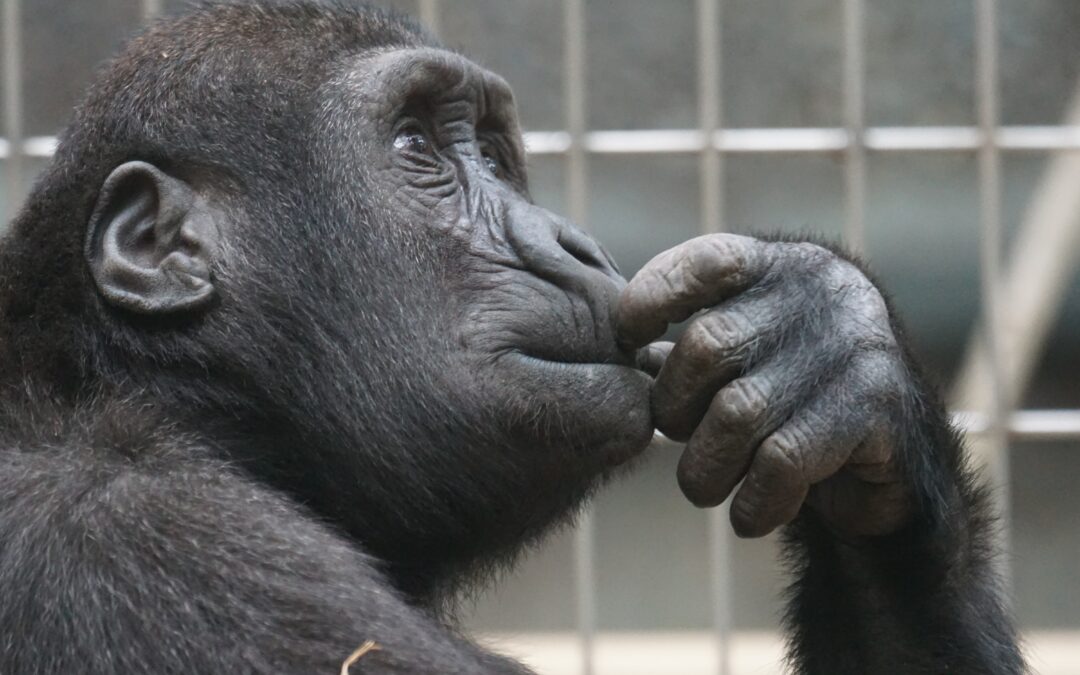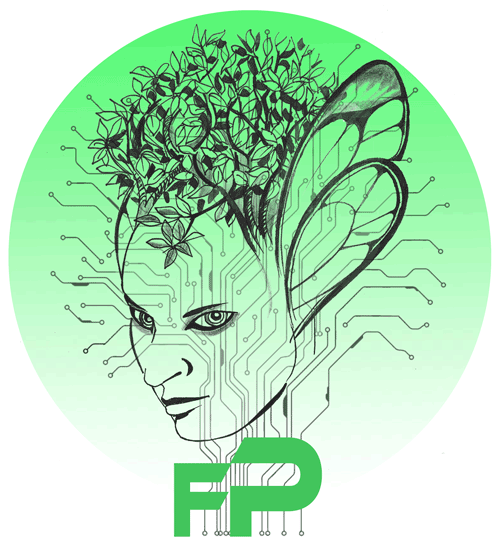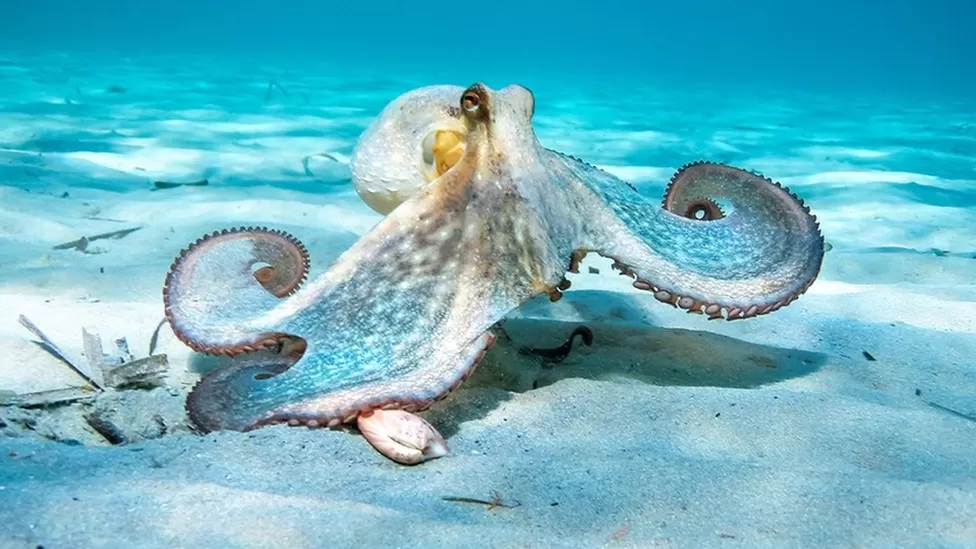
“Lingua” or “Linguaggio”?
Italian language distinguishes between linguaggio and lingua. Those have a different meaning and are used in different contexts. In English, it does not exist such a distinction. English speakers would use “language”, indicating “Italian language” or “musical language” (they would also say “programming languages”).
Italian speakers would say lingua italiana and linguaggio musicale, or linguaggio delle api, meaning bee’s communication. The word linguaggio is mainly used to indicate a system of communication that includes sounds, voice modulation (paraverbal language), gestures and facial expressions (nonverbal language). Additionally, there exist additional languages used for specific purposes, viz. programming languages (Phyton, Java, C++, etc.).
This “Italian” distinction is not found in all natural languages. For instance, it is not found in Dutch, Ukrainian, Russian, Estonian or Arabic. Arguably, only romance languages have it.*
Not to mention that non-human animals (henceforth animals) have a language indeed. Precisely, a symbolic communication they use to convey messages (even deceitful ones) to their counterparts (and not only to them). Animal symbolic communication (see Pepperberg, 2021) is extraordinarily complex insofar, for humans is untranslatable (Andrews, 2020, pp. 120–121) if they do not have any knowledge of it. Animal communication may include sounds (alarm signals**), gestures, and dances (i.e., the waggle dance). Several examples show fascinating animal symbolism: Andrews (2020) mentioned an example of solidarity. It was observed that whales beach themselves after one does *** (p. 8).
Although animals are not linguistically competent as it happens, they still communicate with each other. That is a form of intelligence.
One of the goals of Post-humanism is indeed to overcome the traditional idea of human supremacy over animals by admitting animal intelligence and sentience for many years denied. Alas!
*Please, post a comment if you know any other language that has this distinction!
**Marchesini (2022) wrote that animal alarm signals are not necessarily expressed through sound. They are also expressed through pheromones or chemicals (p. 105).
***See Whitehead and Rendell (2014).
References
Andrews, K. (2020). The animal mind. An introduction to the Philosophy of animal cognition (2nd ed.). London: Routledge. https://doi.org/10.4324/9780203712511
Marchesini, R. (2022). The creative animal. How every animal builds its own existence. London: Palgrave Macmillan Cham. https://doi.org/10.1007/978-3-031-07414-1
Pepperberg, I. (2021). Symbolic communication in the grey parrot. In A. Kaufman, J. Call & J. Kaufman (Eds.), The Cambridge handbook of animal cognition (pp. 56–73). Cambridge: Cambridge University Press. https://doi.org/10.1017/9781108564113.005
Whitehead, H., & Rendell, L.Rendell. The Cultural Lives of Whales and Dolphins. Chicago, IL: University of
Chicago Press, 2014.


